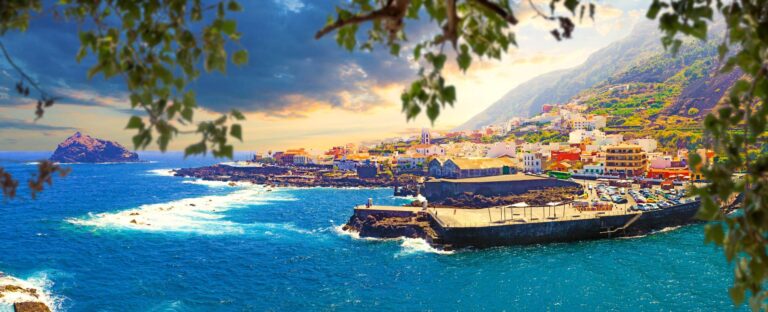Canary Islands – which island to choose?
Tenerife, Fuerteventura, Gran Canaria, Lanzarote or the lesser known La Gomera or El Hierro? Each of these volcanic islands boasts different landscapes and unique attractions. Both enthusiasts of active holidays and fans of blissful relaxation on an all-inclusive basis will find something for themselves in the Canary Islands. Find out which one best suits your preferences.
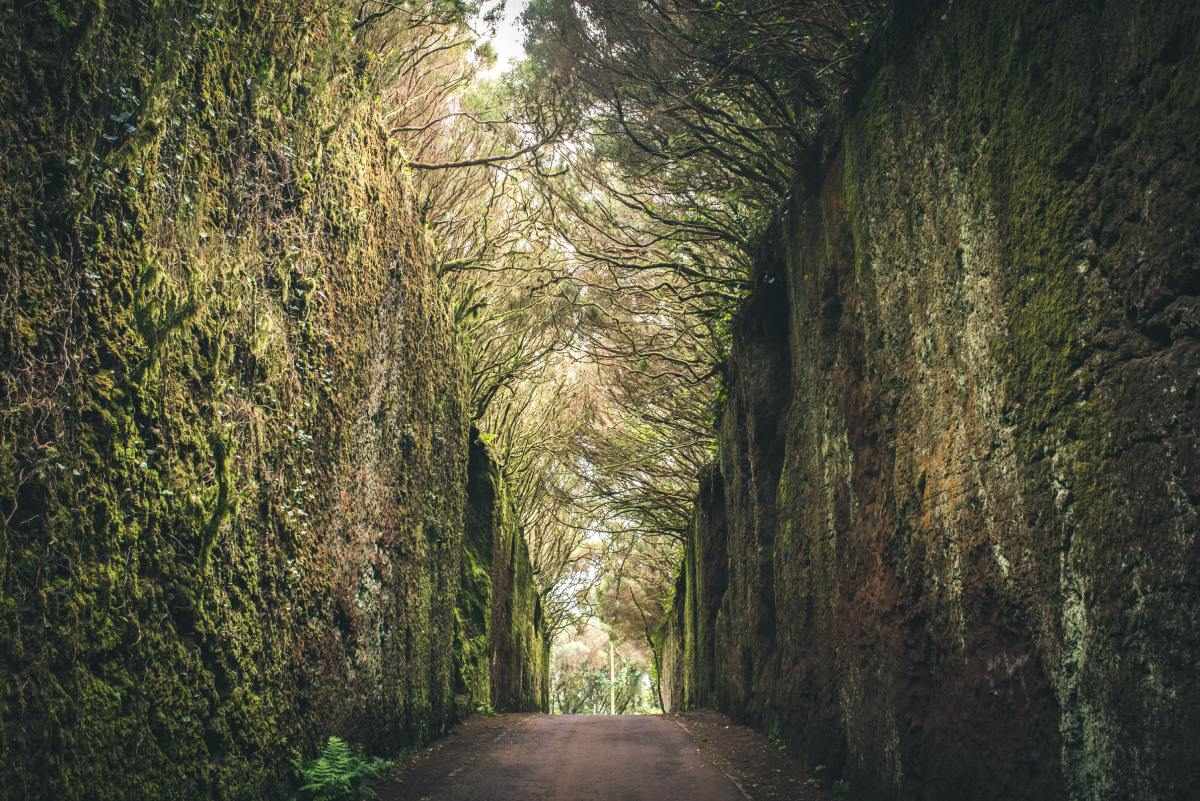
Tenerife – an island full of contrasts
The mountain range that passes through Tenerife divides it into two parts: northern (greener, tropical) and southern (with golden beaches and larger towns). When getting around in Tenerife, you will notice its diversity and constantly changing landscapes – rocky coast contrasting with sandy beaches, mountains and valleys, wildlife and resort towns. Visit the huge Siam water park, see the huge cliffs of Los Gigantes, the bustling capital of Santa Cruz or the more intimate and historic town of Taganana. Hiking enthusiasts will find routes of varying difficulty and length in the amazing Anaga Mountains. You can also climb the Teide volcano – the highest peak in Spain, located in the heart of Tenerife.
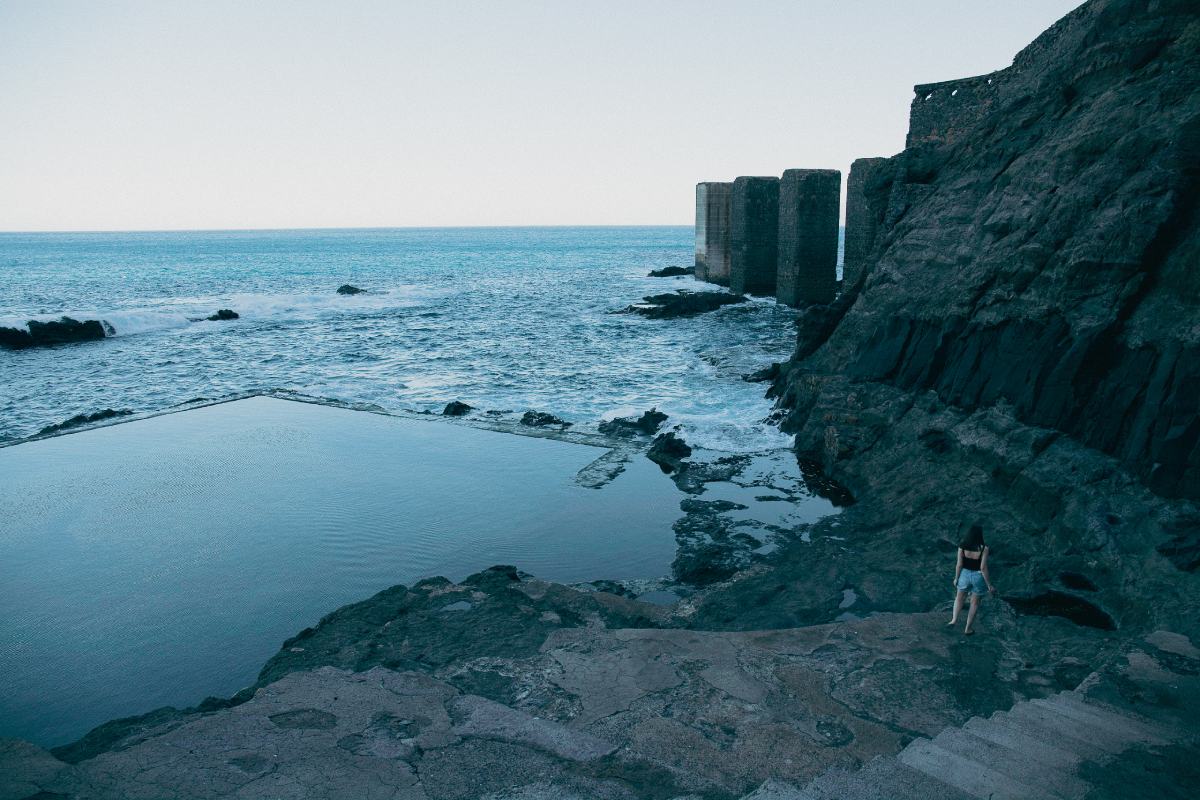
La Gomera – a taste of island life in a green paradise
La Gomera is a small, green island that you can reach by ferry from Tenerife. You will not find big cities and discos here, but instead prepare for idyll, silence, unspoiled nature and amazing views. If you are looking for a more authentic Canary Island experience, then La Gomera is for you. Many travelers are drawn here by the extraordinary natural circumstances in Garajonay National Park with its characteristic thousand-year-old laurel forest. Other attractions that stand out from the rest include Los Órganos, the huge cliffs shaped as organ pipes, the lush green Great King’s Valley with black beaches, and the Los Roques viewpoint. An unmissable spot when getting around La Gomera should also be the town of Hermigua with its impressive concrete pillars rising from the beach. Further afield you will find Agulo, full of colors, where you will experience the slow-paced way of island life.
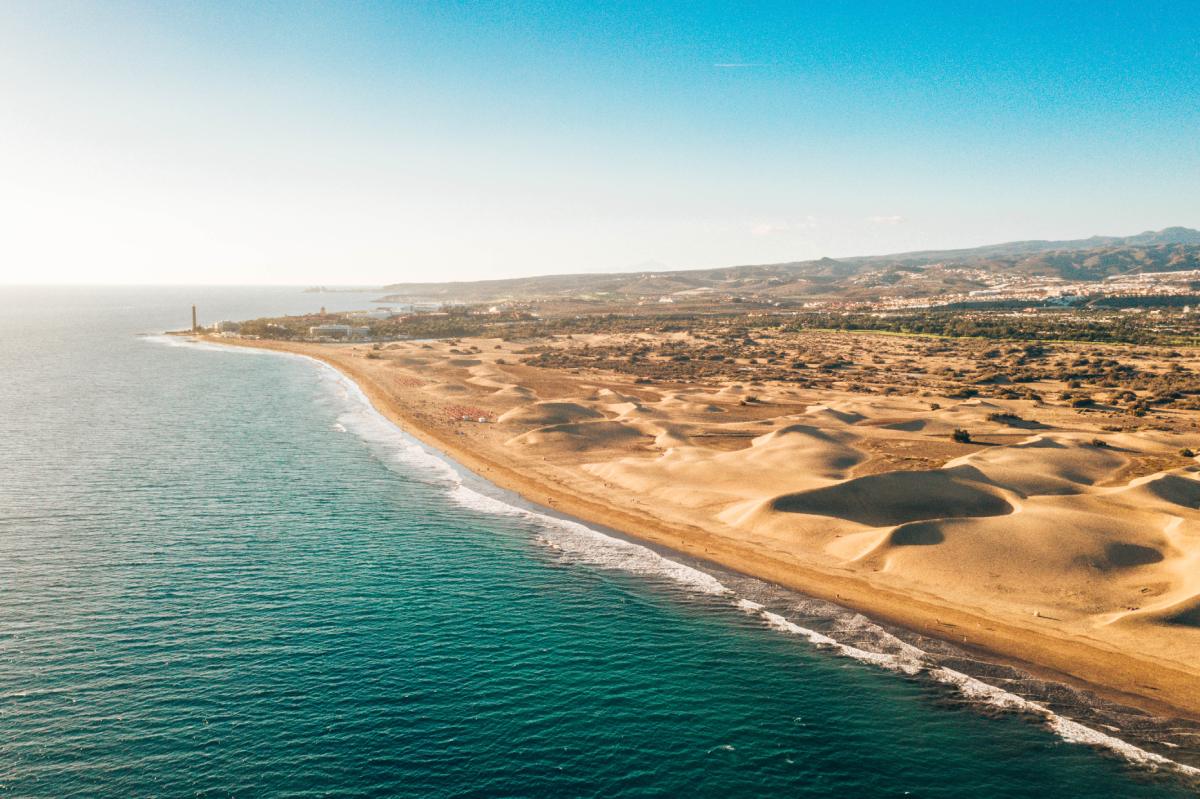
Gran Canaria – a mix of entertainment and active leisure
Gran Canaria is not only about the ocean, lounging on the beache and lively nightlife in the resort towns. Here you will find many opportunities for active leisure, from sightseeing, and water sports to mountain trails rich in scenic views. In the Maspalomas Reserve, you will see vast dunes where you feel as if you are in a great desert. It is also worth going for a trek to Pico de las Nieves. From this highest peak of the island you will see one of the most recognizable landscape elements in Gran Canaria – Roque Nublo, a 80-meter high volcanic rock. Many tourists are also attracted by the Guayadeque gorge and houses built into natural caves. Architecture enthusiasts will be delighted by the oldest district of Las Palmas – Vegueta.
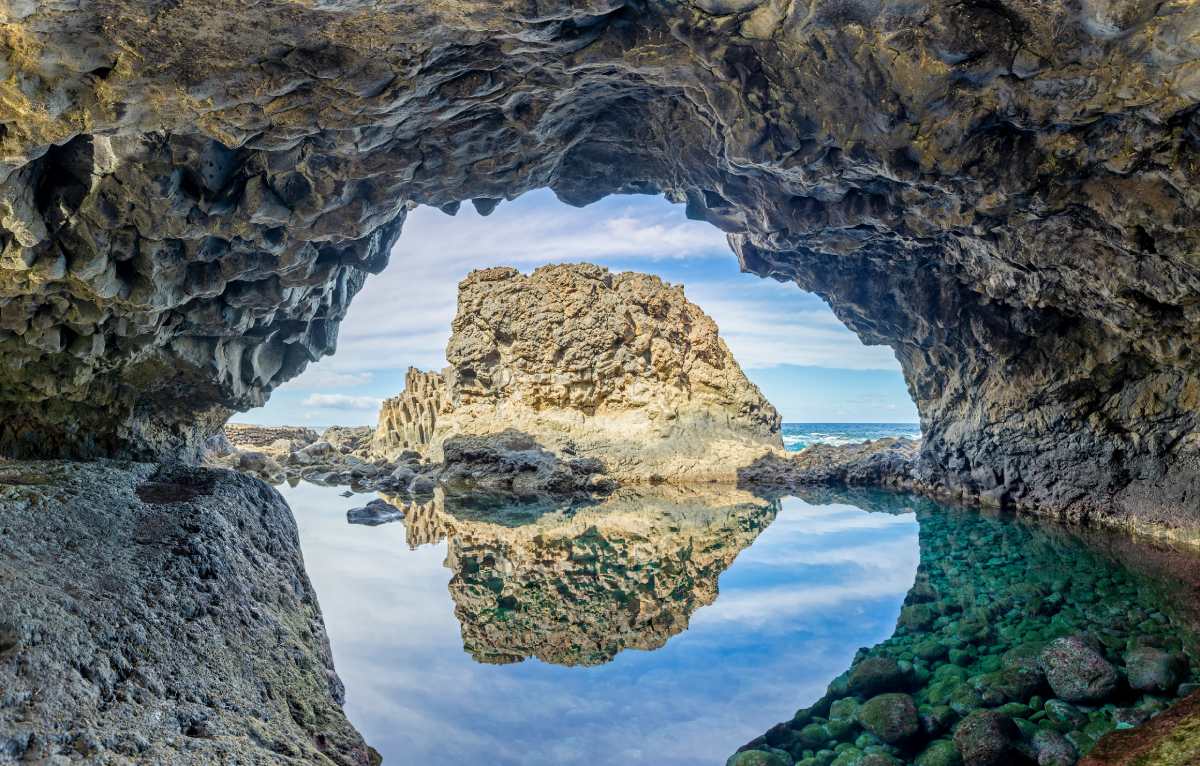
El Hierro – relax surrounded by nature
For those who enjoy contact with nature and peace, we recommend the lava-covered island of El Hierro, which still remains wild and undiscovered by mass tourism. You can get there by ferry or plane from Tenerife, Gran Canaria or La Gomera. One of the activities that should not be missing during your stay on El Hierro is hiking along the trails of the El Pinar pine forest. Natural pools, such as Charco Azul, which was formed in a grotto flooded by lava, are also popular with travelers. Bathing enthusiasts will find many more such reservoirs all over the island. Then they can go to Tamaduste or La Caleta, where there are archaeological sites open to the public. El Hierro also gives you the opportunity to observe the underwater fauna and flora – the fishing village of La Restinga is the most visited by divers.
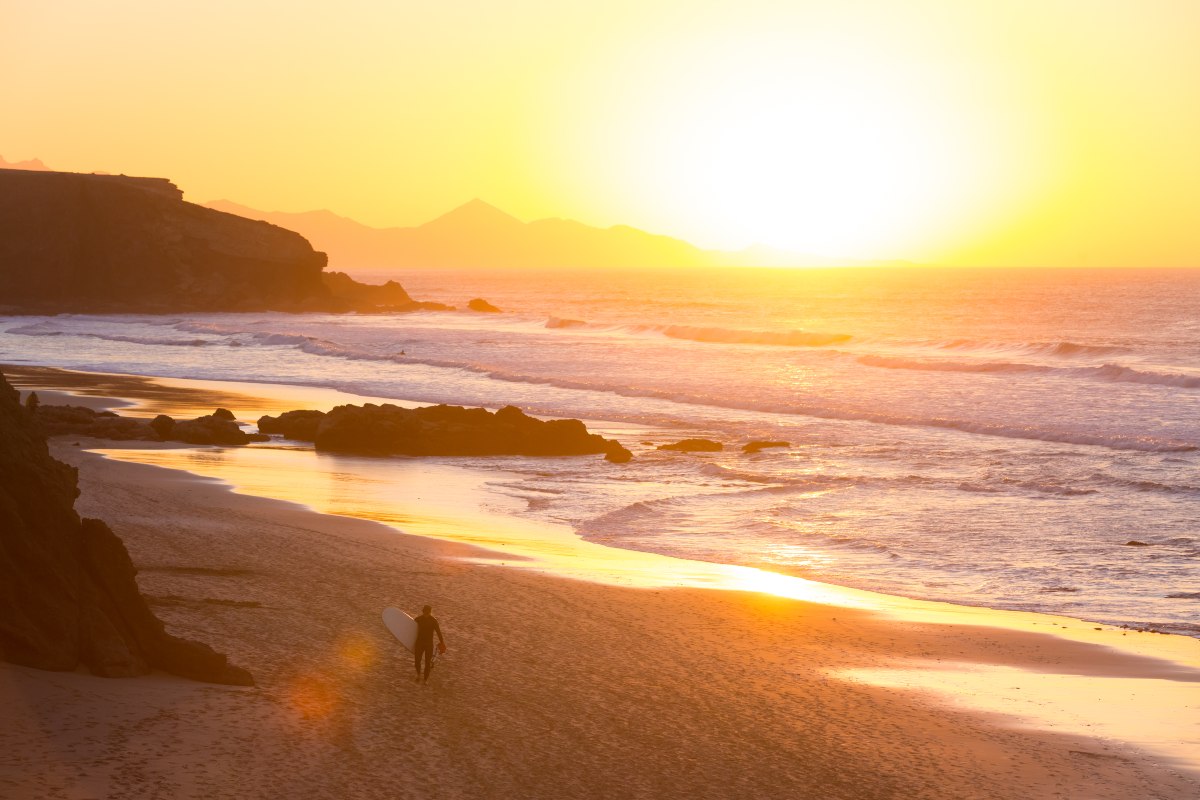
Fuerteventura – the windy beach of the Canary Islands
Paradise beaches, rocky coasts, mountains and unspoiled landscapes as well as ideal conditions for water sports – this is Fuerteventura in a nutshell. The characteristic features of this island’s landscape include goats grazing on the red slopes of the hills, volcanoes and a slightly lunar scenery. Apart from cacti and palm trees, there is not much greenery here, but there are extinct volcanoes, wilderness and numerous beaches. Barca Beach with the Sotavento lagoon, Morro Jable and Costa Calma are places that should be visited by every windsurfing and sunbathing enthusiast. The beach of La Pared offers excellent conditions for surfers and it is worth staying here until sunset. In the northern part of the island, right next to Alzada Beach in Corralejo, there are wide sand dunes, whereas the village of Ajuy with its black volcanic beach with cliffs and caves open to the public will leave you in awe.
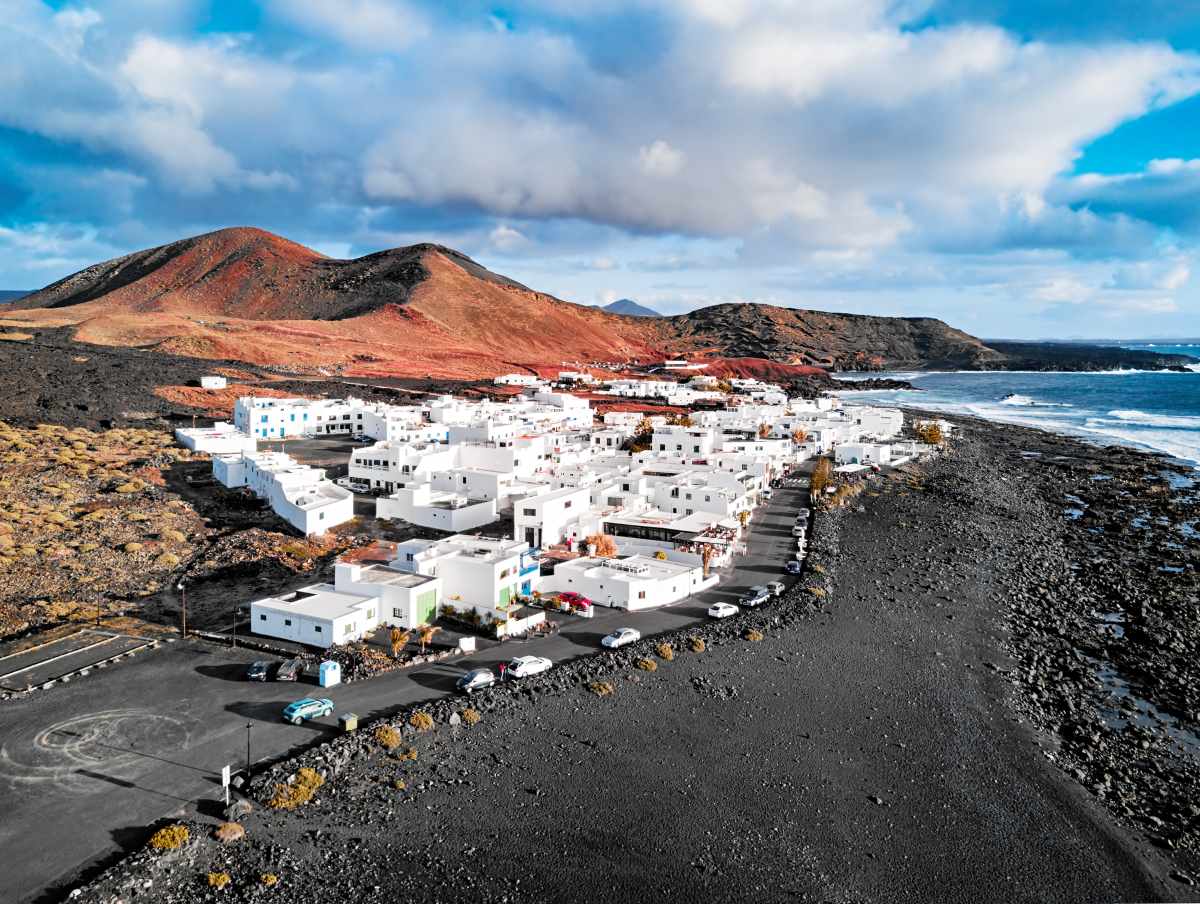
Lanzarote – the work of volcanoes and a famous artist
You can get to Lanzarote on a direct flight from some European cities or by ferry from Fuerteventura. It is popular here to take an undemanding two-hour hike to the Caldera Blanca volcano, from where you can enjoy amazing views of the Timanfaya National Park. In addition to volcanic views, Lanzarote is famous for its architecture. The island owes it to the painter and architect César Manrique, who ensured that the traditional, low-rise, white-painted houses are preserved on the island. A visit to the artist’s house, built into the caves and natural tunnels created after the volcanic eruption, will certainly be an interesting experience. Lanzarote also owes him many other attractions, such as Cactus Garden, Jameos del Agua volcanic tunnel and Mirador del Rio viewpoint. Water sports enthusiasts will also find something for themselves – surfers should head to Famara Beach, and diving fans can visit the underwater Museo Atlántico.




